The battle for mobile operating system supremacy is always fierce, and the upcoming clash between Xiaomi HyperOS 3 and Apple’s anticipated iOS 26 is set to be one of the most intriguing yet. As a Xiaomi enthusiast, I’m thrilled to dive deep into how these two systems approach everything from the Control Center to innovative dynamic notifications. HyperOS has years of accumulated expertise in customization and optimization, giving it a strong foundation against Apple’s potentially radical new design language. We know you want to see the feature that puts HyperOS ahead, so let’s get into the details! For the latest system app updates, remember you can always use our MemeOS Enhancer app on the Play Store, which also unlocks hidden features and offers system app downloads directly: MemeOS Enhancer on Google Play.
Control Center Comparison
The Control Center is the heart of quick-access settings, and both HyperOS and iOS utilize a similar aesthetic structure, a design Xiaomi has used since MIUI 12. While this style is recognizable, HyperOS 3 still lacks the detailed customization found in competing systems. Currently, users cannot resize the quick setting toggles or reconfigure the large boxes for Wi-Fi and Mobile Data. Initial leaks suggest that iOS 26 will address this by allowing granular control over toggle sizes and potentially leveraging the new Liquid Glass effect for a fresh look. However, the current HyperOS design maintains a sleek, consistent, and undeniably premium look that avoids the visually busy nature some might find in the Liquid Glass previews. For an overall premium feel, HyperOS takes the points here.
Launcher
When it comes to the Launcher—the gateway to your apps—Xiaomi HyperOS dominates with unparalleled flexibility. HyperOS offers deep customization features that Apple simply doesn’t match in iOS 26, according to current reports.
Key HyperOS Launcher features that put it ahead:
- Icon Customization: Seamlessly changing app icons across the system.
- App Dock Adjustments: Greater control over the bottom dock.
- App Hide: The ability to discretely hide certain applications.
- Home Screen Layouts: Choosing between an App Drawer style (like most Android phones) or an “All Apps on Home Screen” style (like iOS).
- Screen Grid Ratio: Adjusting the grid size (e.g., 4×6, 5×6) for more or fewer icons on the screen.
iOS 26 reportedly offers only a basic ability to change the icon background color, which is a minimal feature compared to the powerful tools available on HyperOS. For the power user, HyperOS wins by a mile.
HyperIsland vs. Dynamic Island: The Decisive Feature
The concept of a dynamic notification area around the front camera cutout has been popularized, and both systems now feature their take: Apple’s Dynamic Island and Xiaomi’s HyperIsland. While both features perform the same core function—displaying background activity like music playback or a timer—Xiaomi has taken the concept and iterated on it to be demonstrably better.
HyperIsland integrates the multi-window pop-up feature available in HyperOS. This means that a user can interact with the app currently running in the HyperIsland and immediately launch it as a floating pop-up window. This feature transforms the notification area from a passive status bar into an active multitasking tool. Although Apple deserves credit for pioneering the Dynamic Island concept, Xiaomi’s advanced multi-window popup functionality elevates HyperIsland to a superior user experience, making it the one feature that truly pushes HyperOS 3 ahead in terms of productivity.
Final Interface Aesthetics
This final comparison is often subjective, but a clear design difference exists. The newly rumored Liquid Glass aesthetic in the iOS 26 interface, while aiming for a modern, fluid look, arguably makes the overall user interface feel somewhat childlike or less serious. HyperOS, on the other hand, has successfully maintained its design continuity for years, focusing on a clean, consistent, and premium visual language. Until Apple allows users to potentially disable the “Liquid Glass” effect, HyperOS continues to be the system of choice for those who prefer a more sophisticated and mature-looking interface.


 Emir Bardakçı
Emir Bardakçı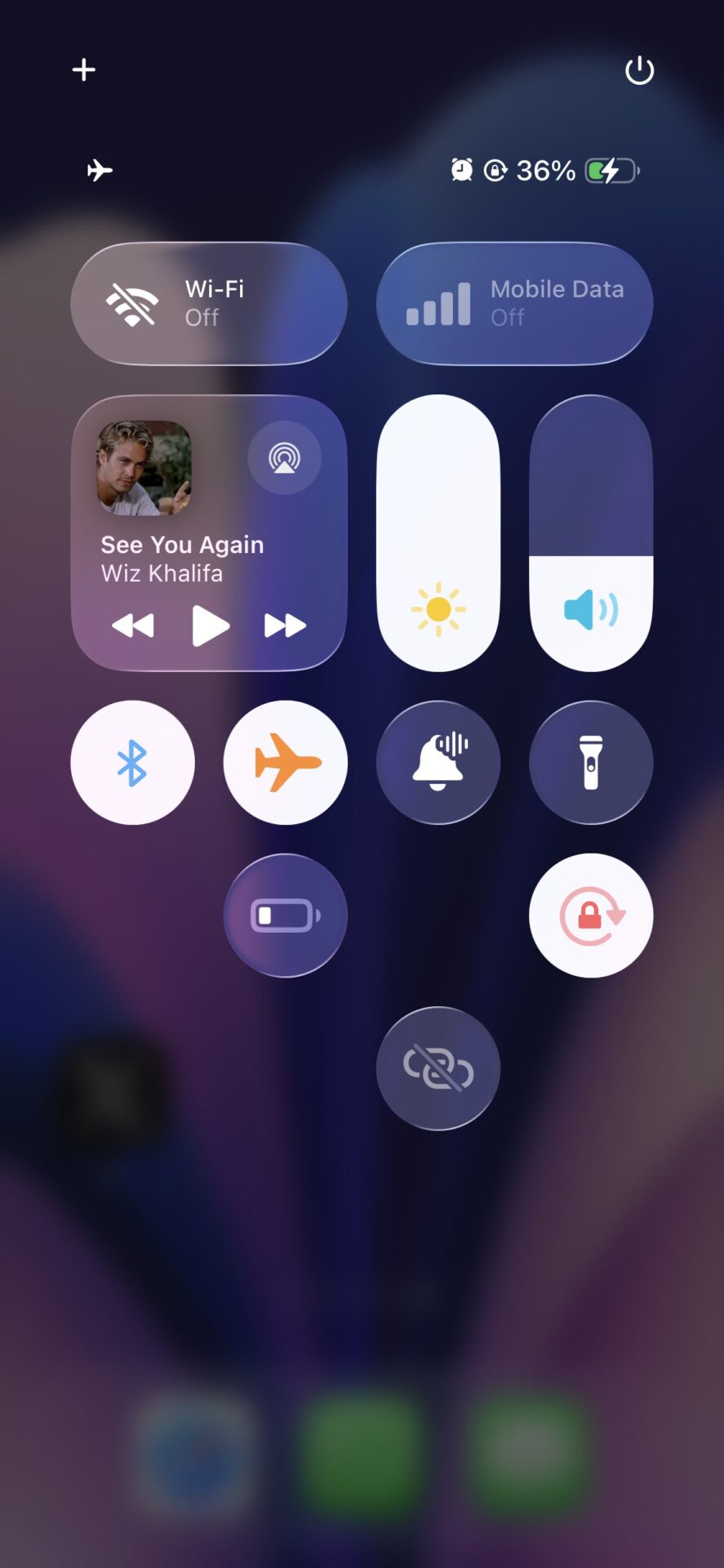
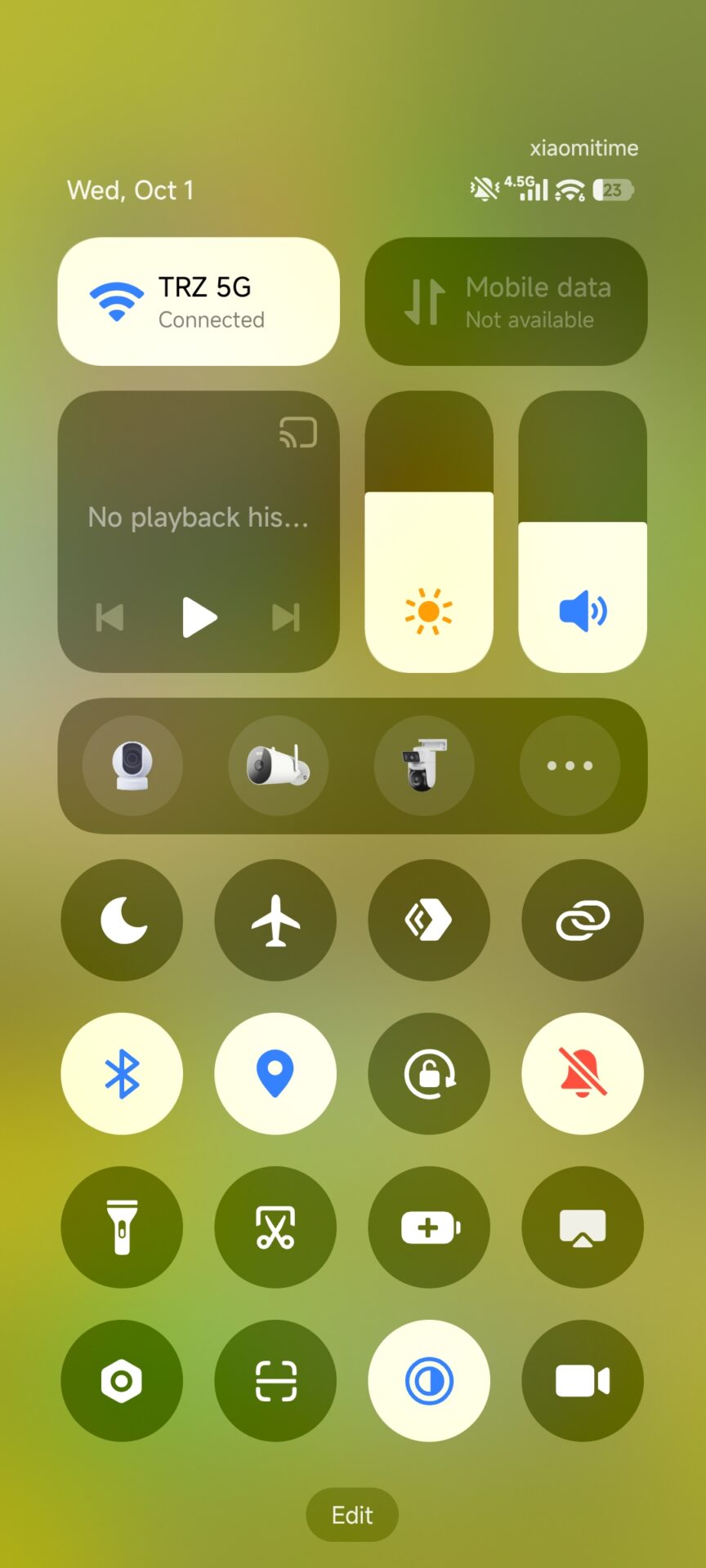
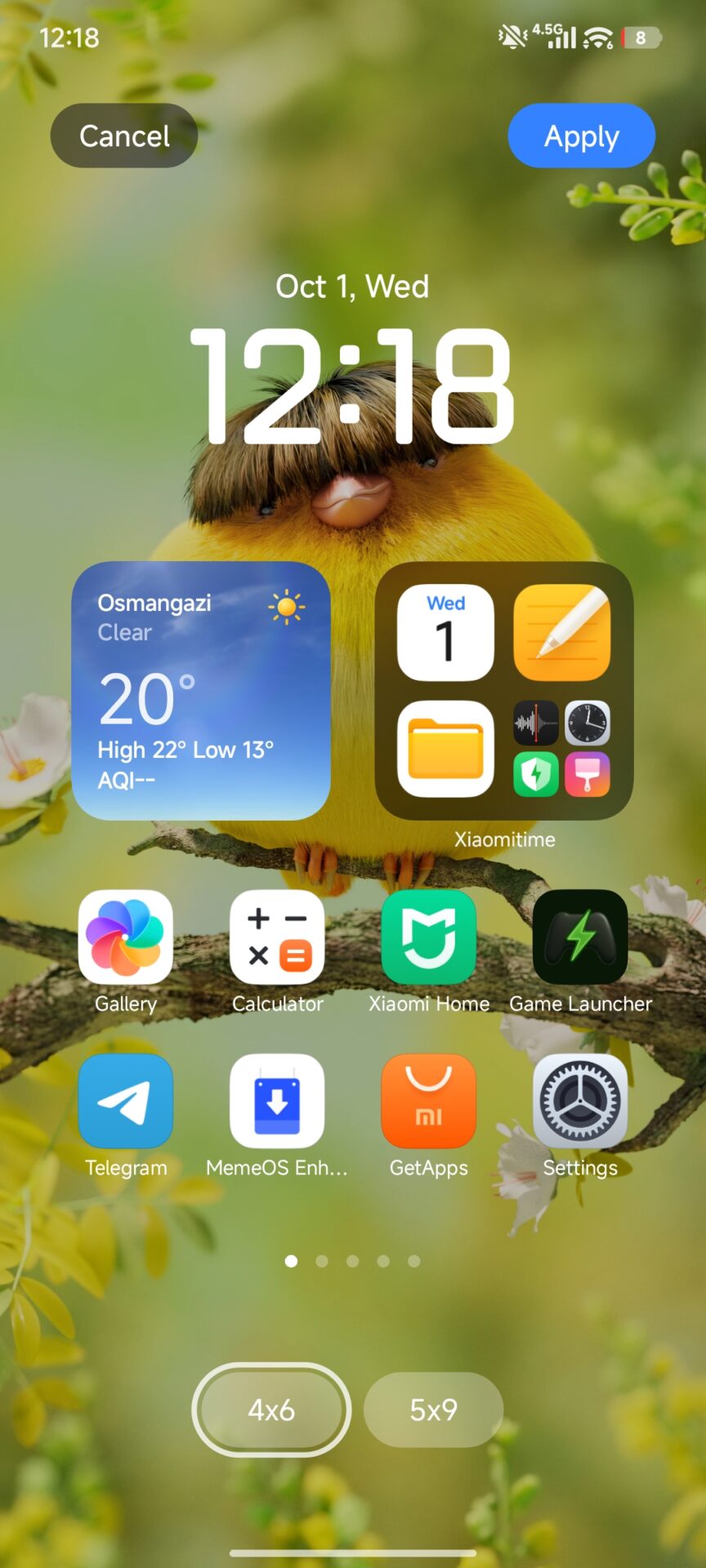
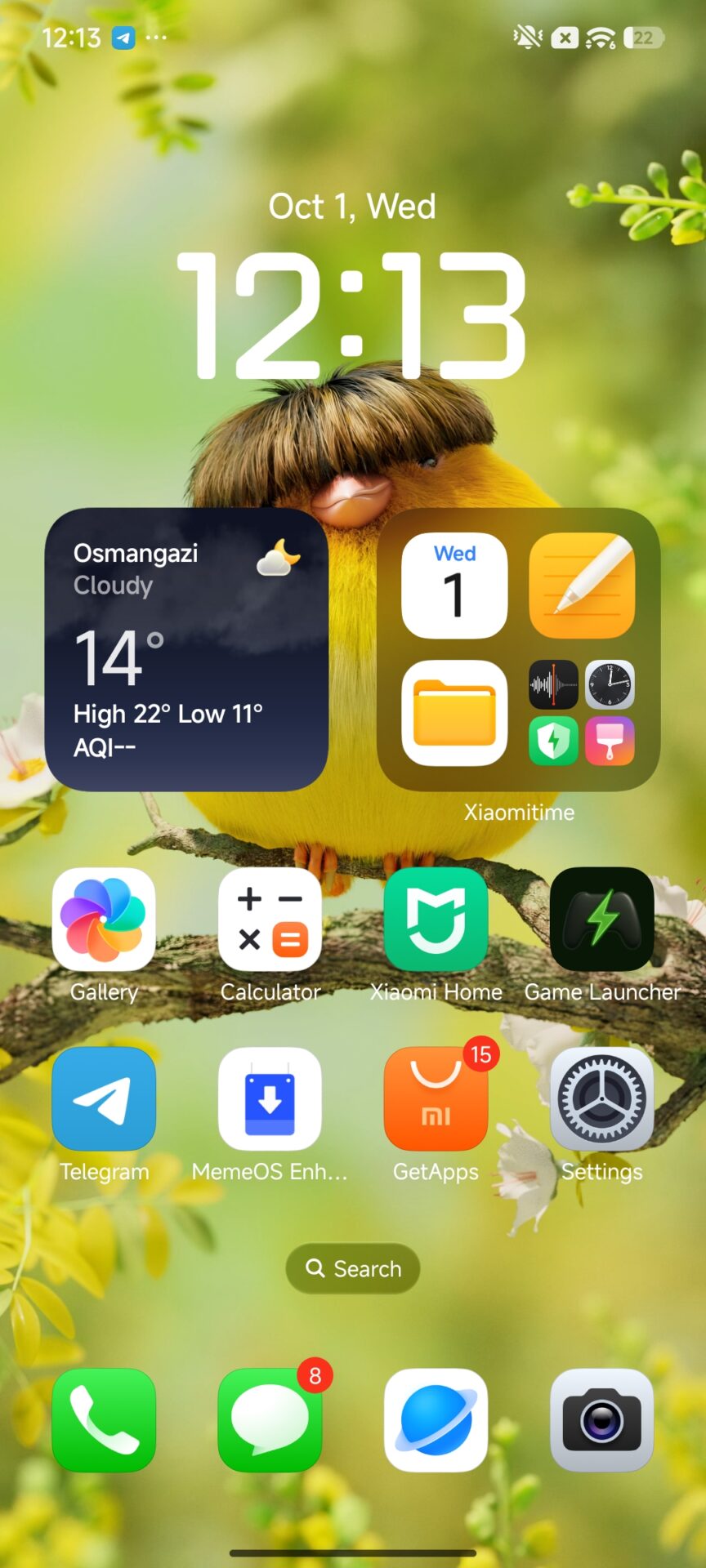
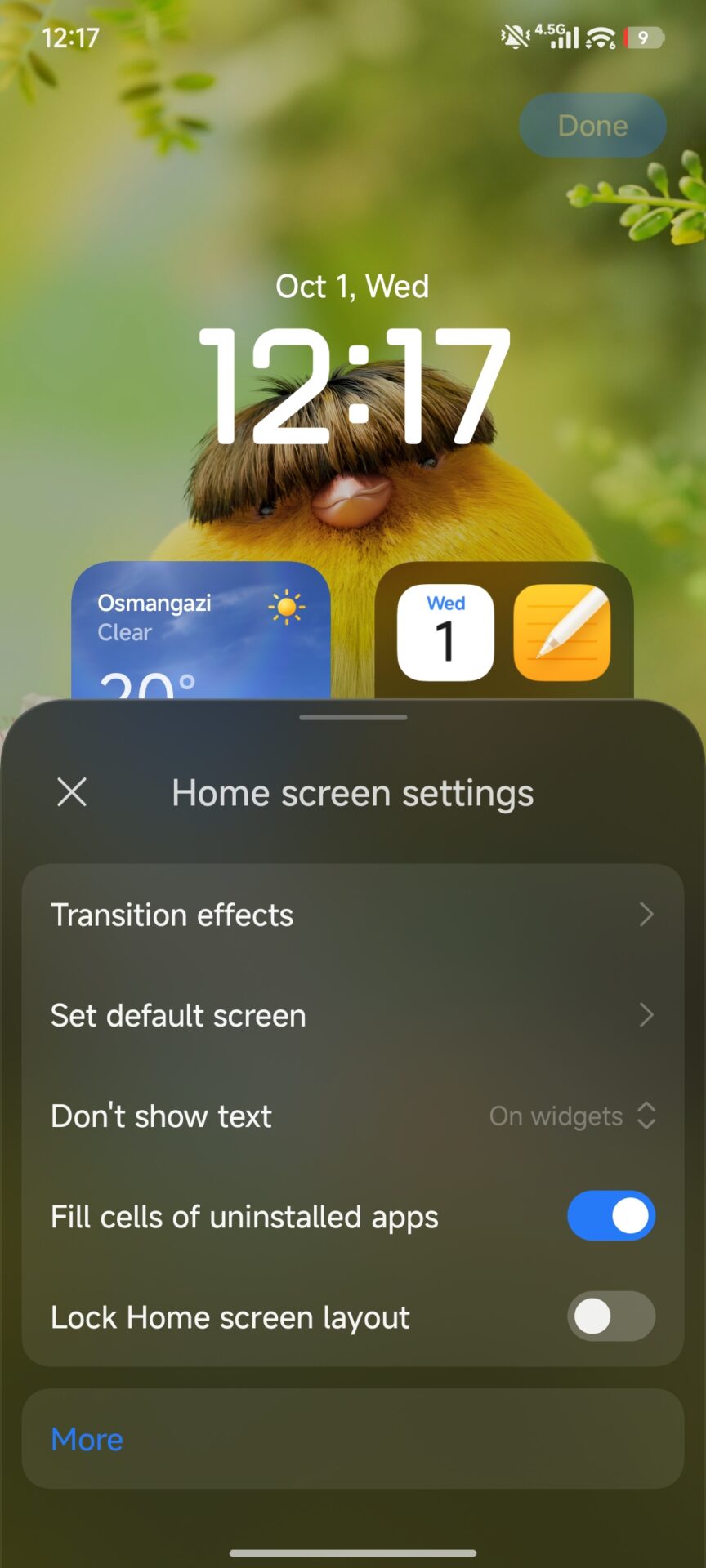
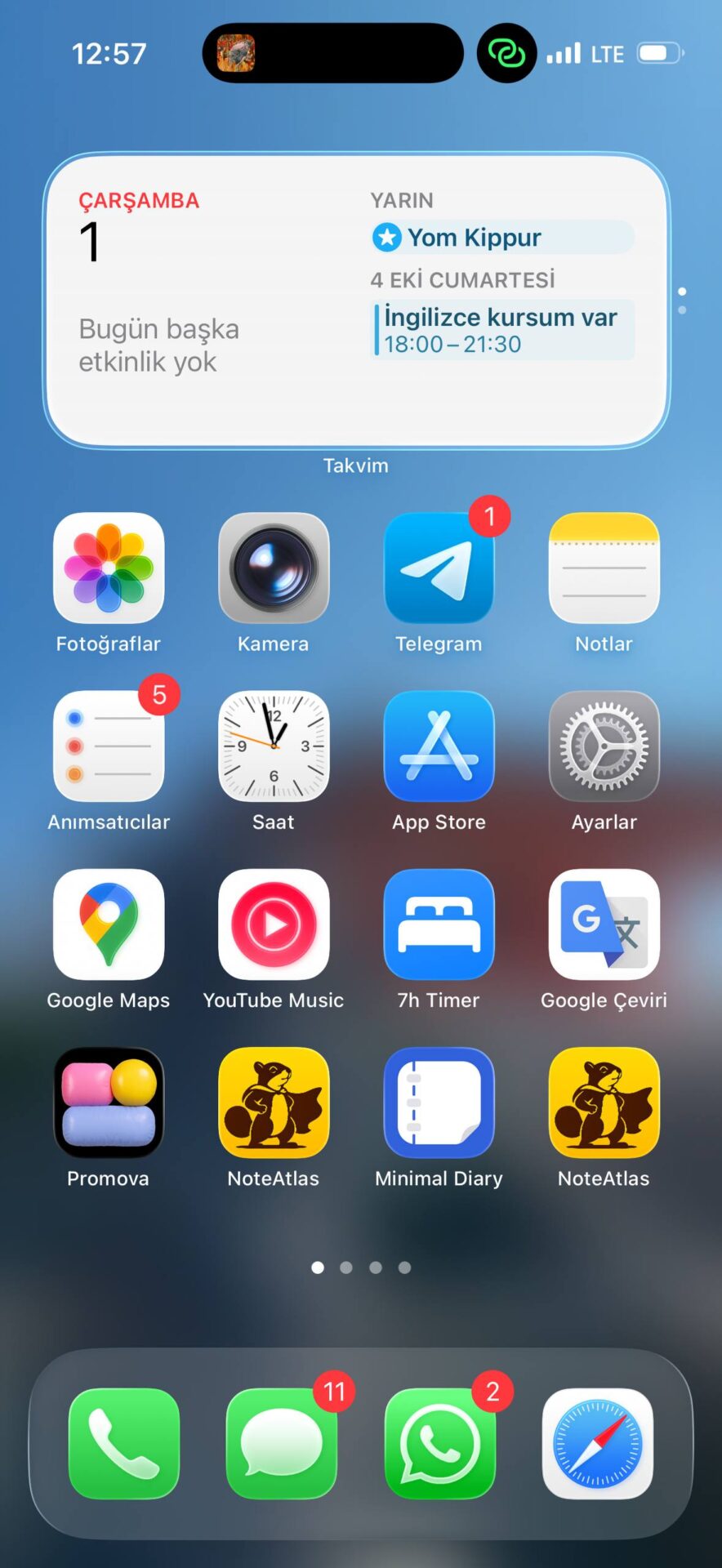
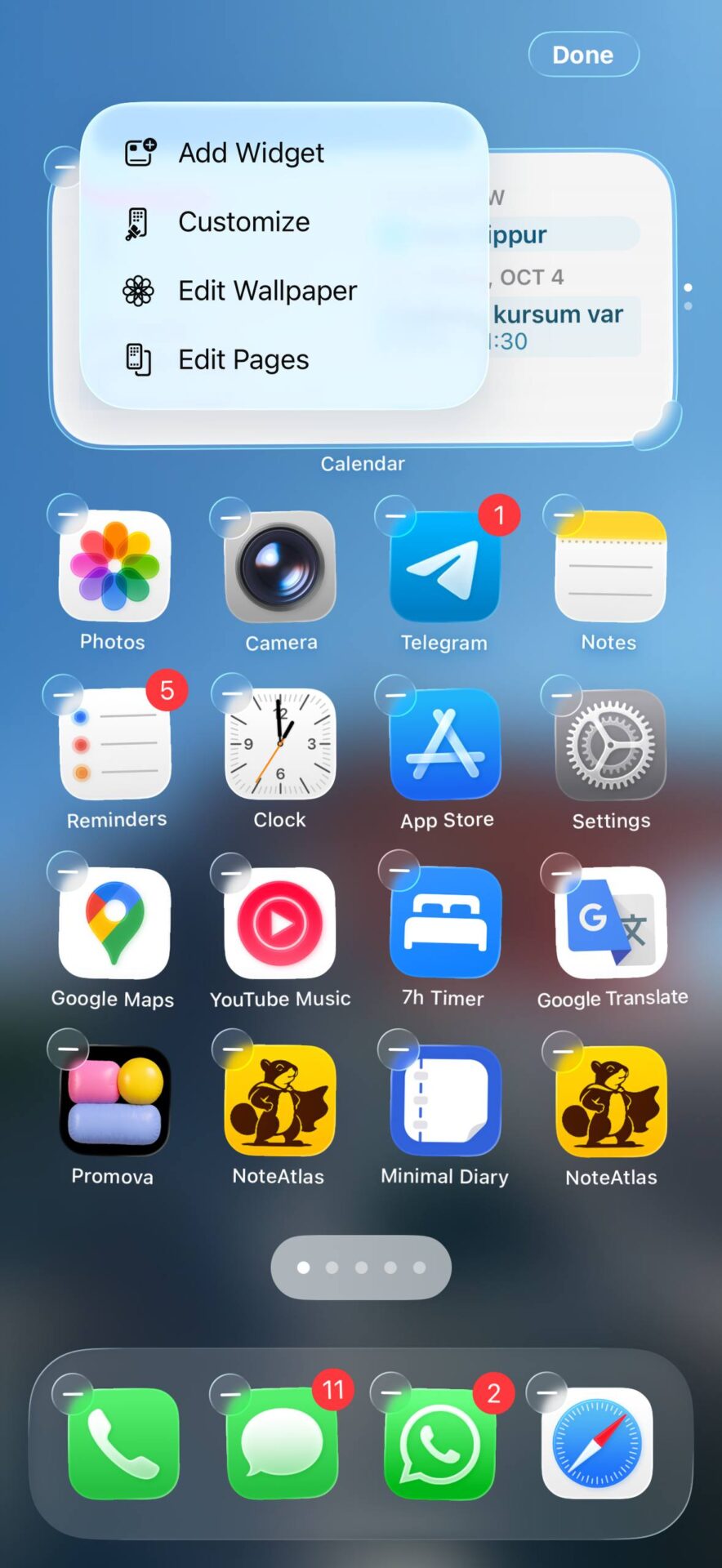
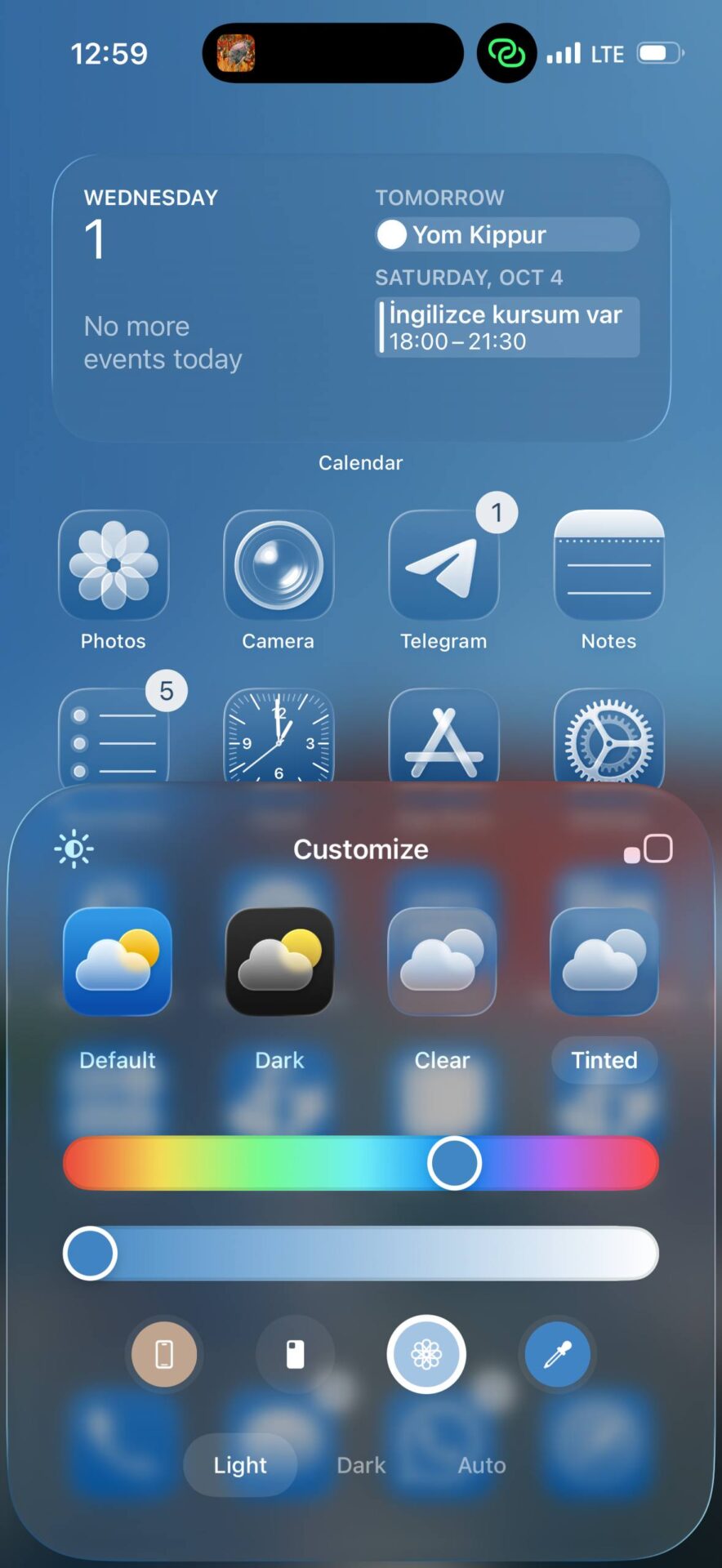
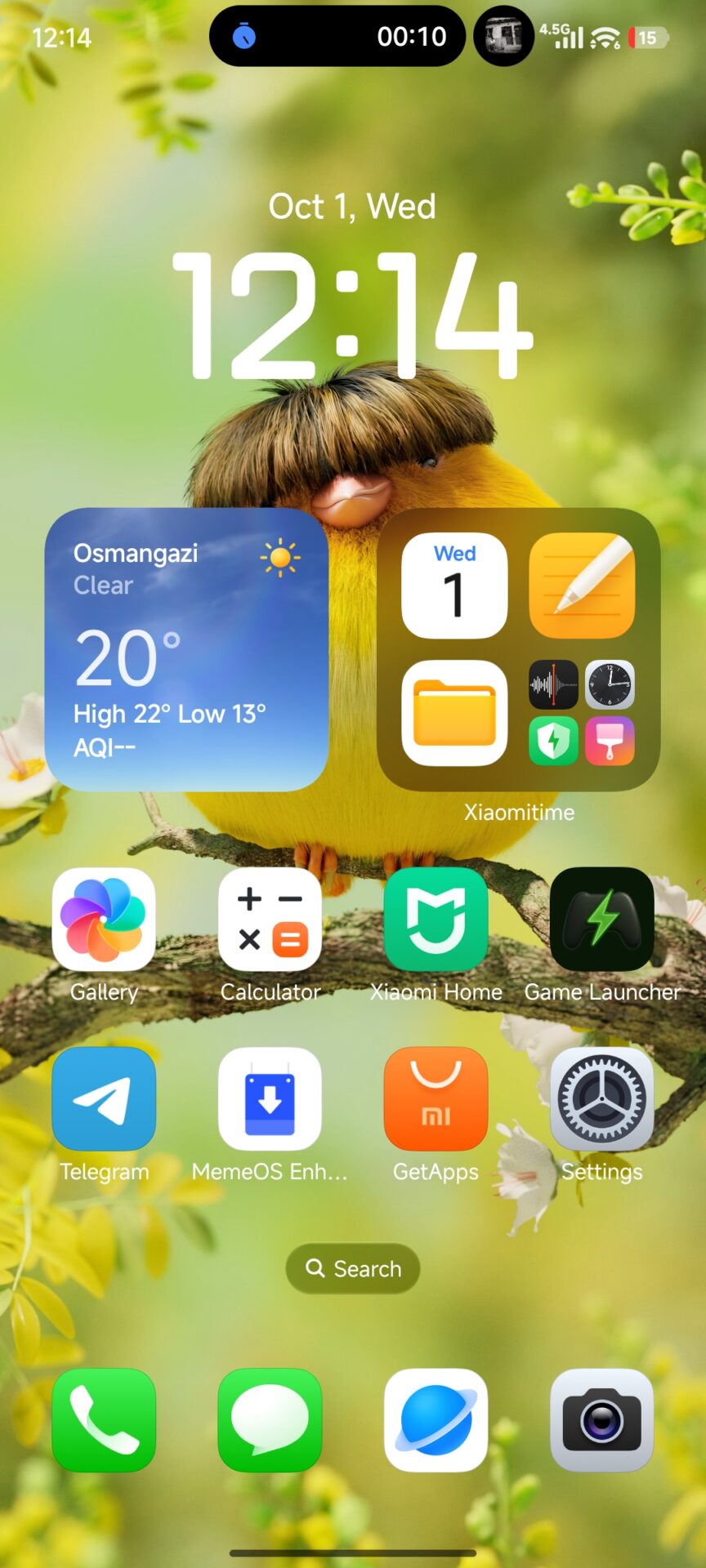
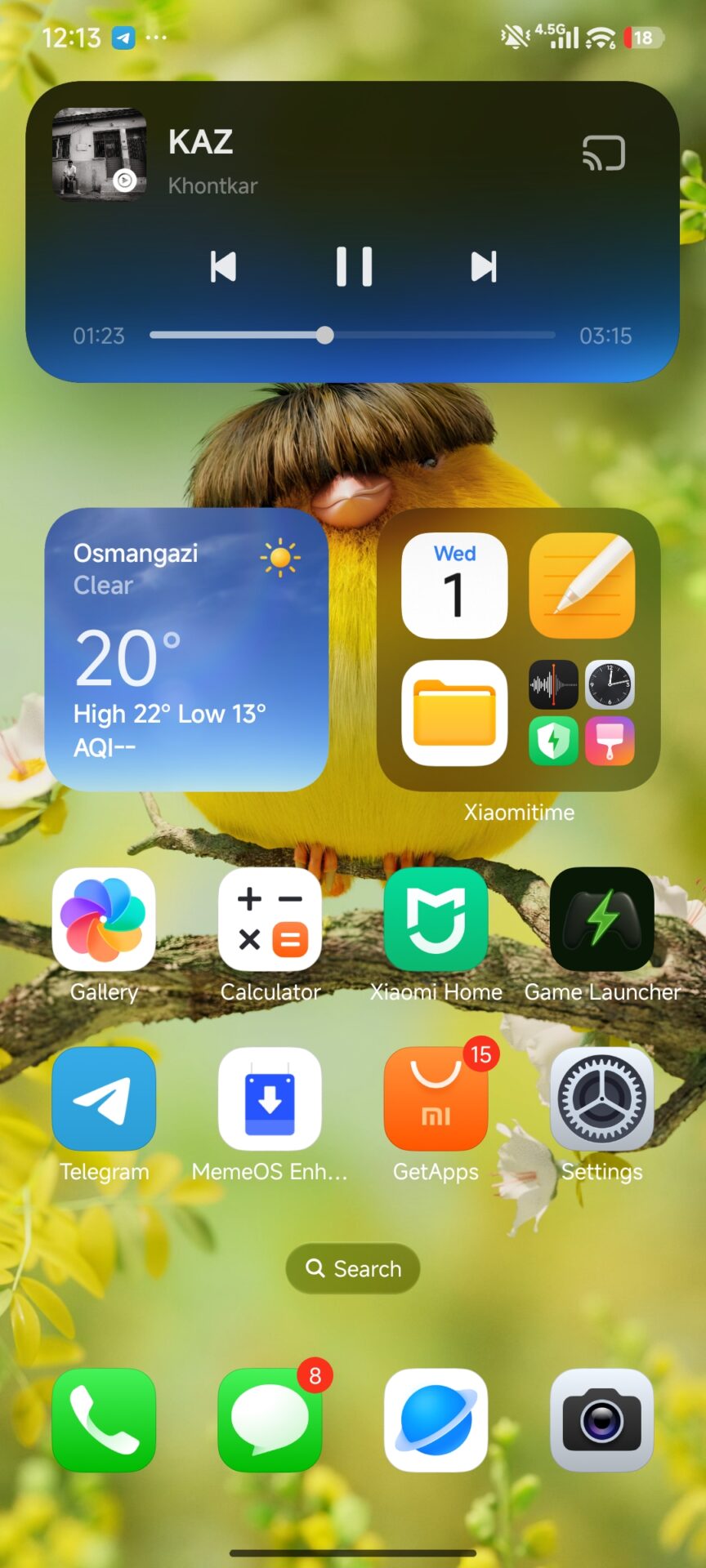
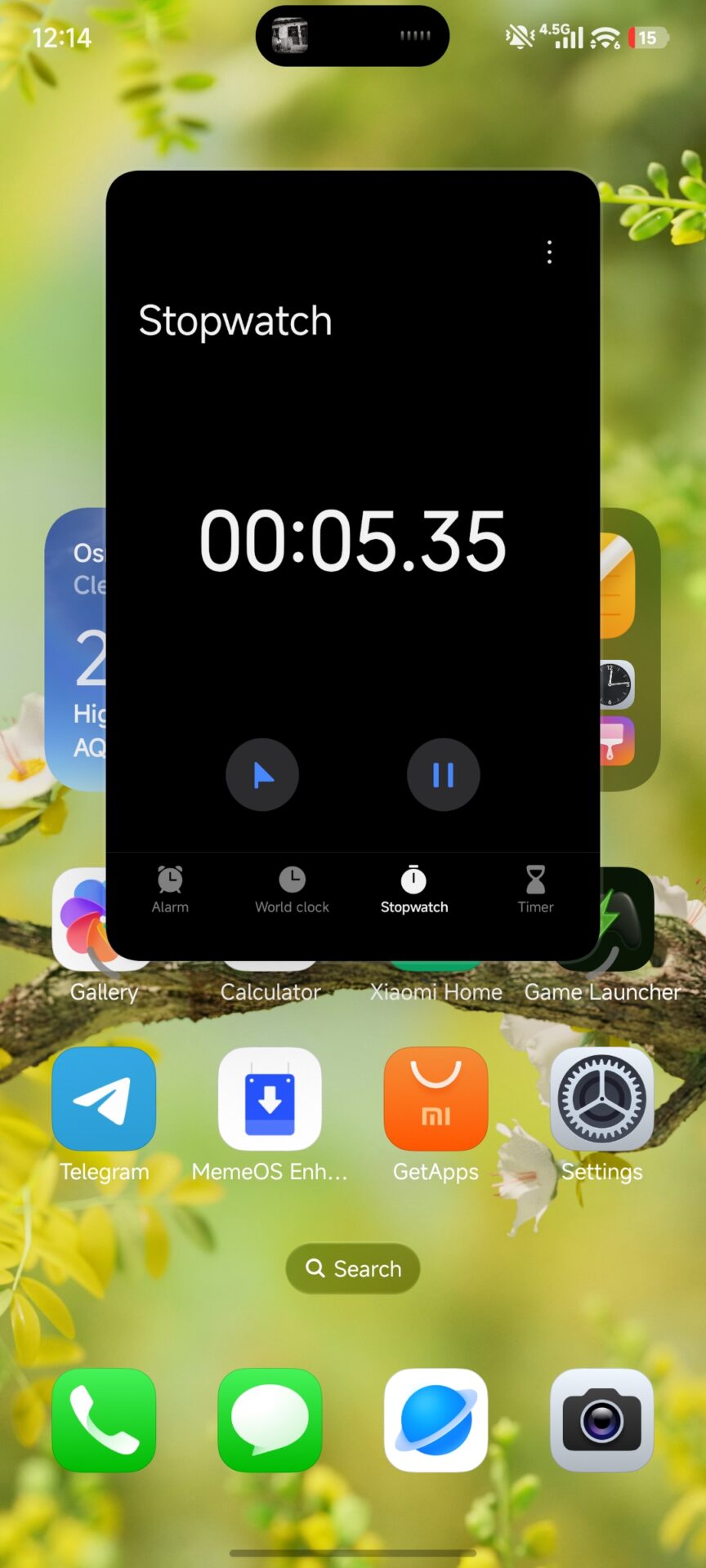
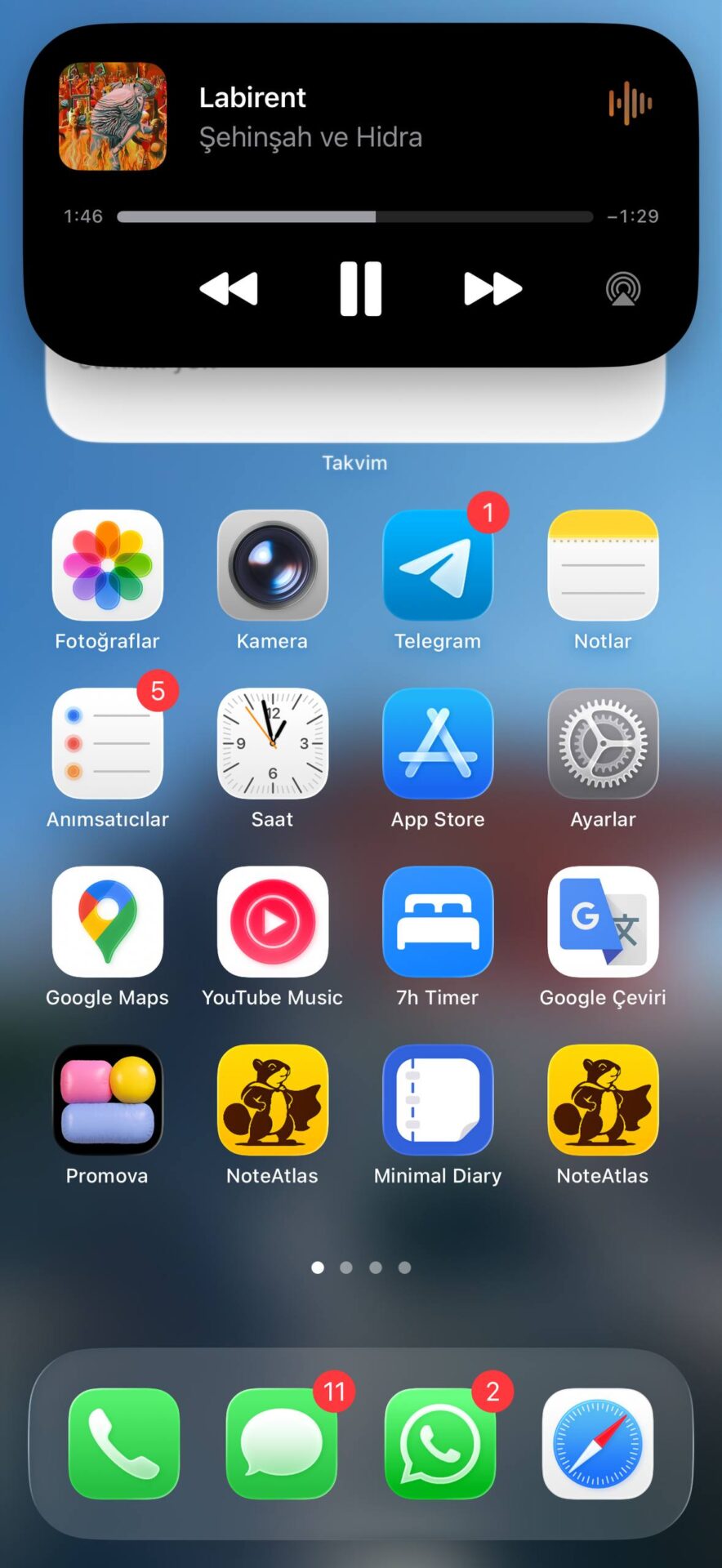
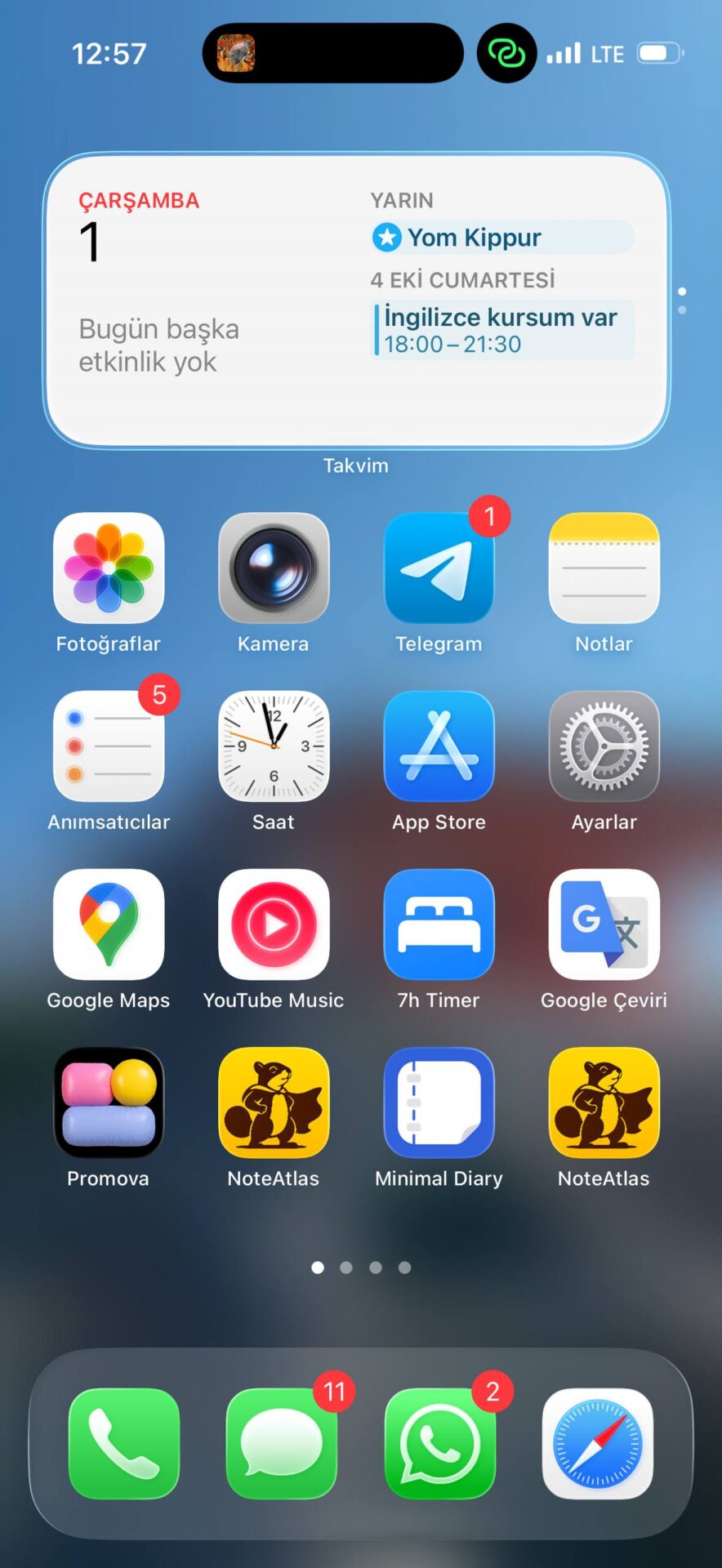
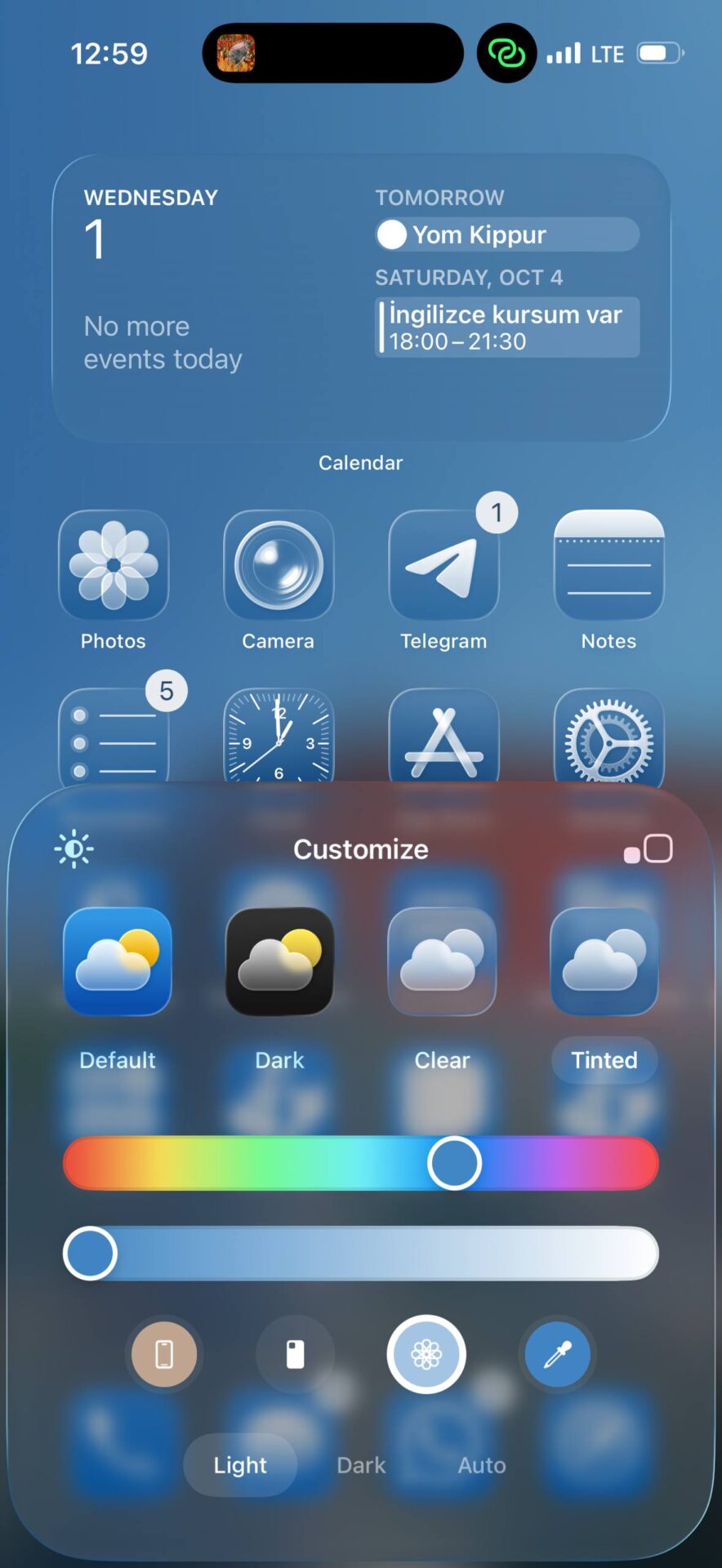
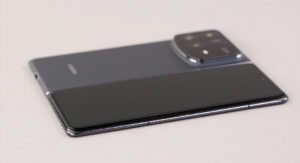
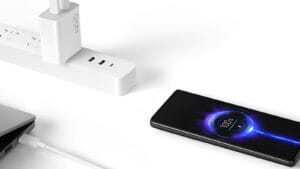
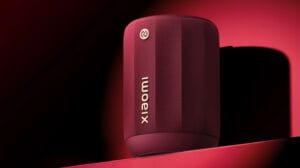
kiya split screen aur lock screen play video aur music jab screen off ho pause aur play aur apps shortcut left to right aur right to left wale features aayege redmi 13 4g hyper os 3
this guy is dumb